Hops are the green cone-shaped flowers, or “inflorescence,” of the Humulus lupulus plant. They’re a climbing perennial with a distinct jackpot for craft brewers. Hidden inside each cone are tiny yellow pods or glands called lupulin—the source of bitterness, aroma, and flavor in beer.
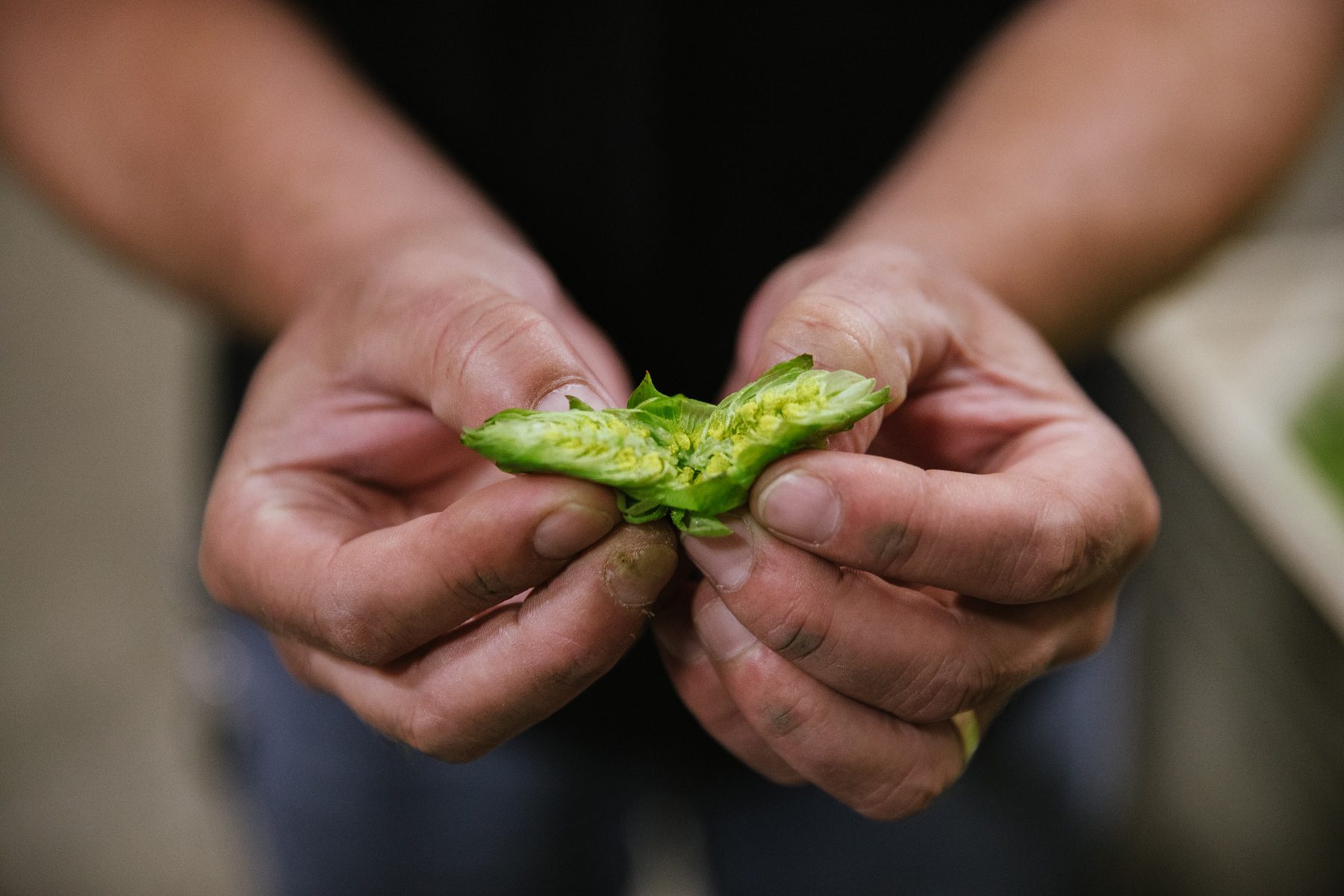
Where hops are grown and sourced spans the globe; notable producers include Germany, Czech Republic, New Zealand, and North America. We use German hops, for example, toward several beers including Oktoberfest and Pale Bock. We’ve raced freshly picked New Zealand hops over the ocean to brew Southern Hemisphere Harvest IPA. But the majority of our supply is here in the U.S., where Oregon, Idaho, and Washington are the top hop-producing states.
Hops grow best in moderate climates with rich soil and abundant sunshine. Those ideal regions generally sit at similar latitudes on the world map, both northern and southern. At our brewery in Chico, Calif., we maintain three acres of certified-organic Estate hops, but the grueling summer heat and spotty rain pose big challenges. The Pacific Northwest is more favorable for hops with its milder weather and reliable precipitation.
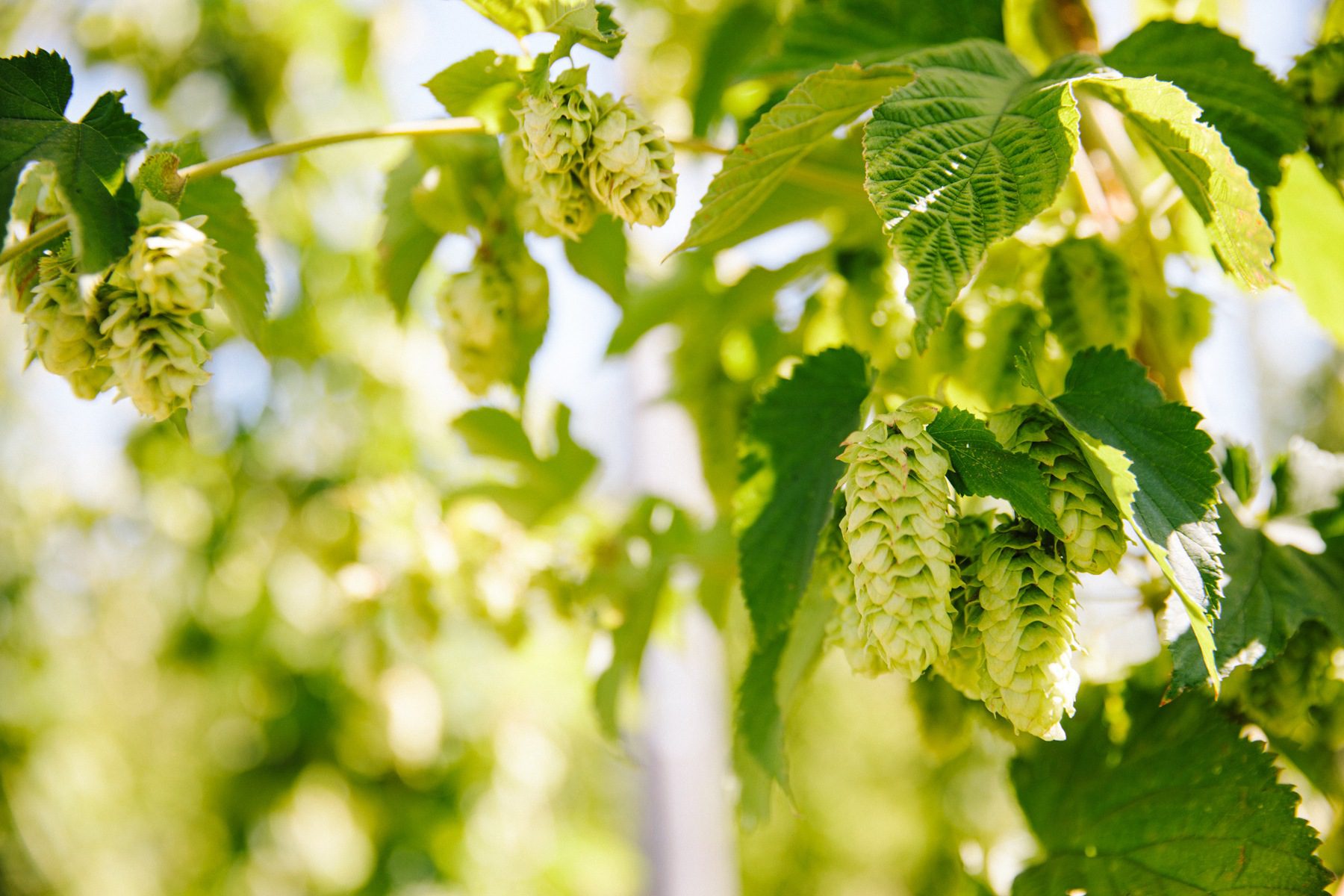
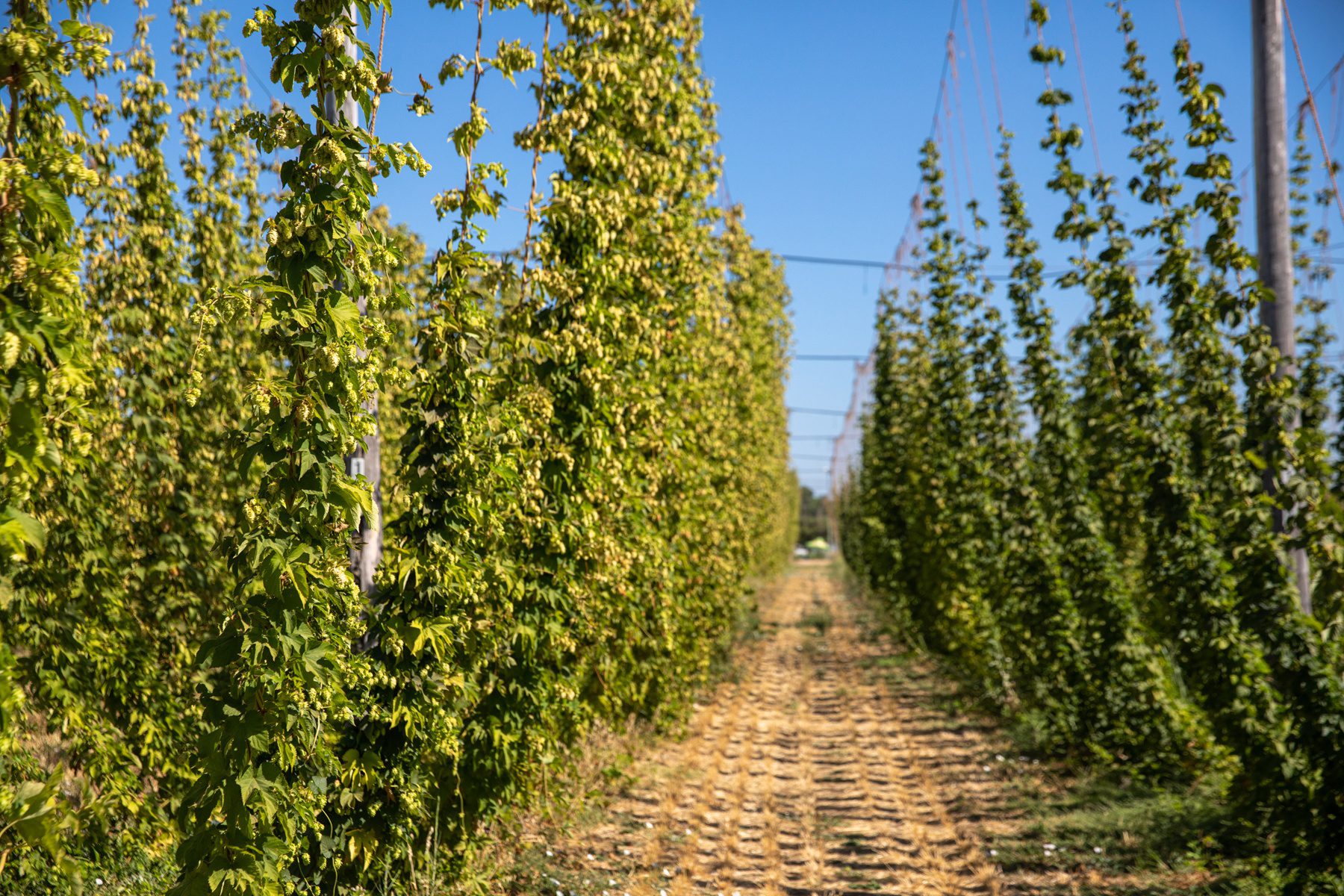
Hops in beer
Craft brewers are after the lupulin inside hop cones. Those sticky yellow glands contain resin that contributes bitterness to beer, which helps balance the sweetness of malt, and essential oils responsible for aroma and flavor.
Within the resin are acids that aren’t very soluble in water, so when brewers need to extract bitterness, they add hops during the kettle boil (the “hot side” of brewing) to release their bittering qualities. The essentials oils, however, are far more volatile and can boil away quickly. So when specific aromas and flavors are the goal, brewers often add hops toward the very end of the hot side, and into the “cold side” of the process (i.e., during or after fermentation).
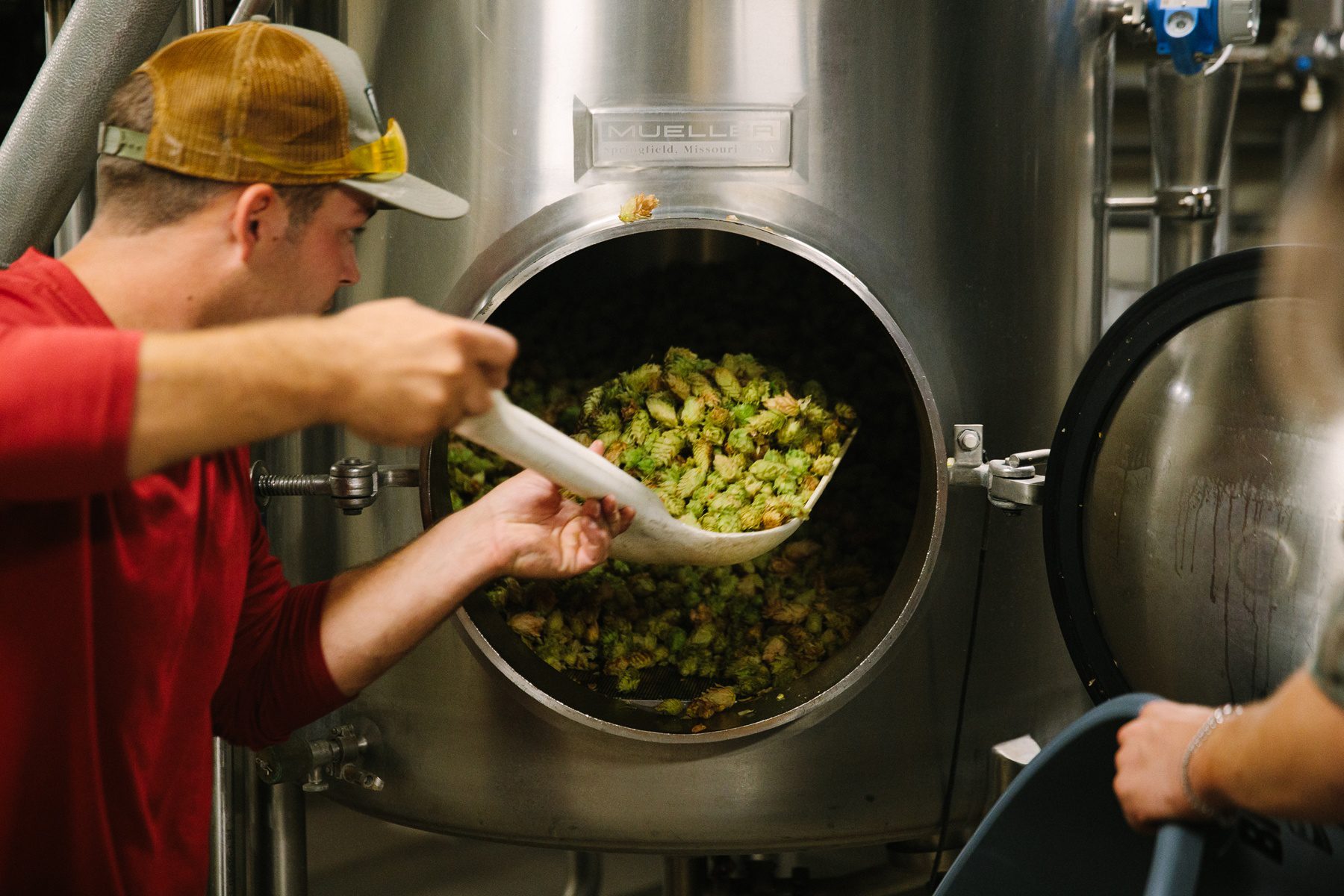
There are many varieties of hops, much like wine grapes, and each has unique uses in brewing. Some hops are excellent for bittering (e.g., Magnum hops in Torpedo IPA, or Chinook in Bigfoot Barleywine). Others have signature aromas and flavors that brewers mix and match like spices in the kitchen. Our founder Ken Grossman made Cascade hops famous with our classic Pale Ale, which brims with notes of grapefruit and pine.
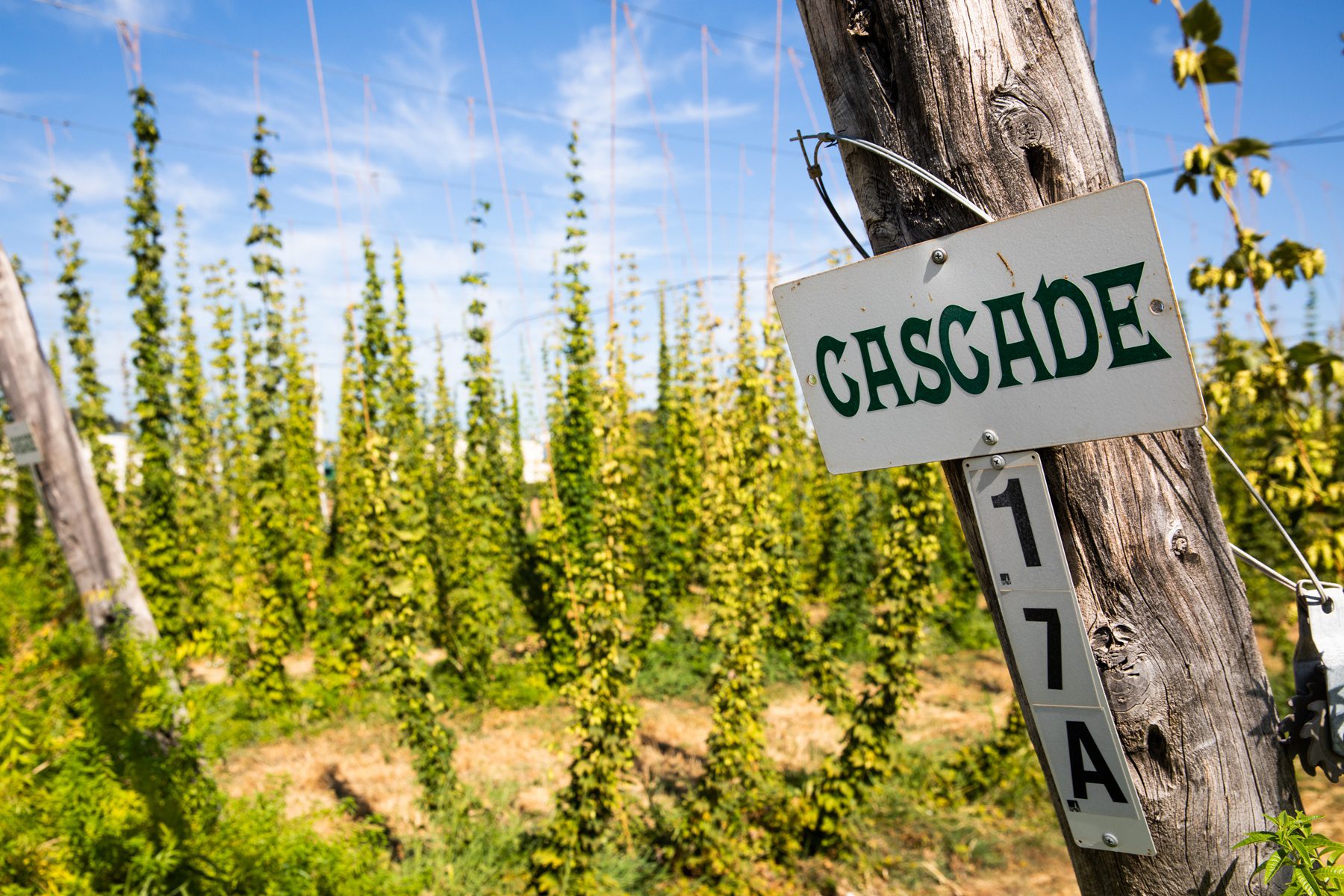
Cascade also shows up in our Celebration IPA, but it unites with Centennial hops, bringing in additional layers of citrus and sweet floral notes. A newer hop called Citra is highly favored for its tropical fruit character, and it’s among the standouts in Hazy Little Thing IPA.
Each year, many craft brewers visit the Pacific Northwest for the annual hop harvest. During this “hop selection,” brewers preview the hops they hope to use for upcoming beers. The main way we do this is by rubbing hops—literally smashing the cones in our palms to tease out the aromatic properties. It’s a messy but totally magical time of year.
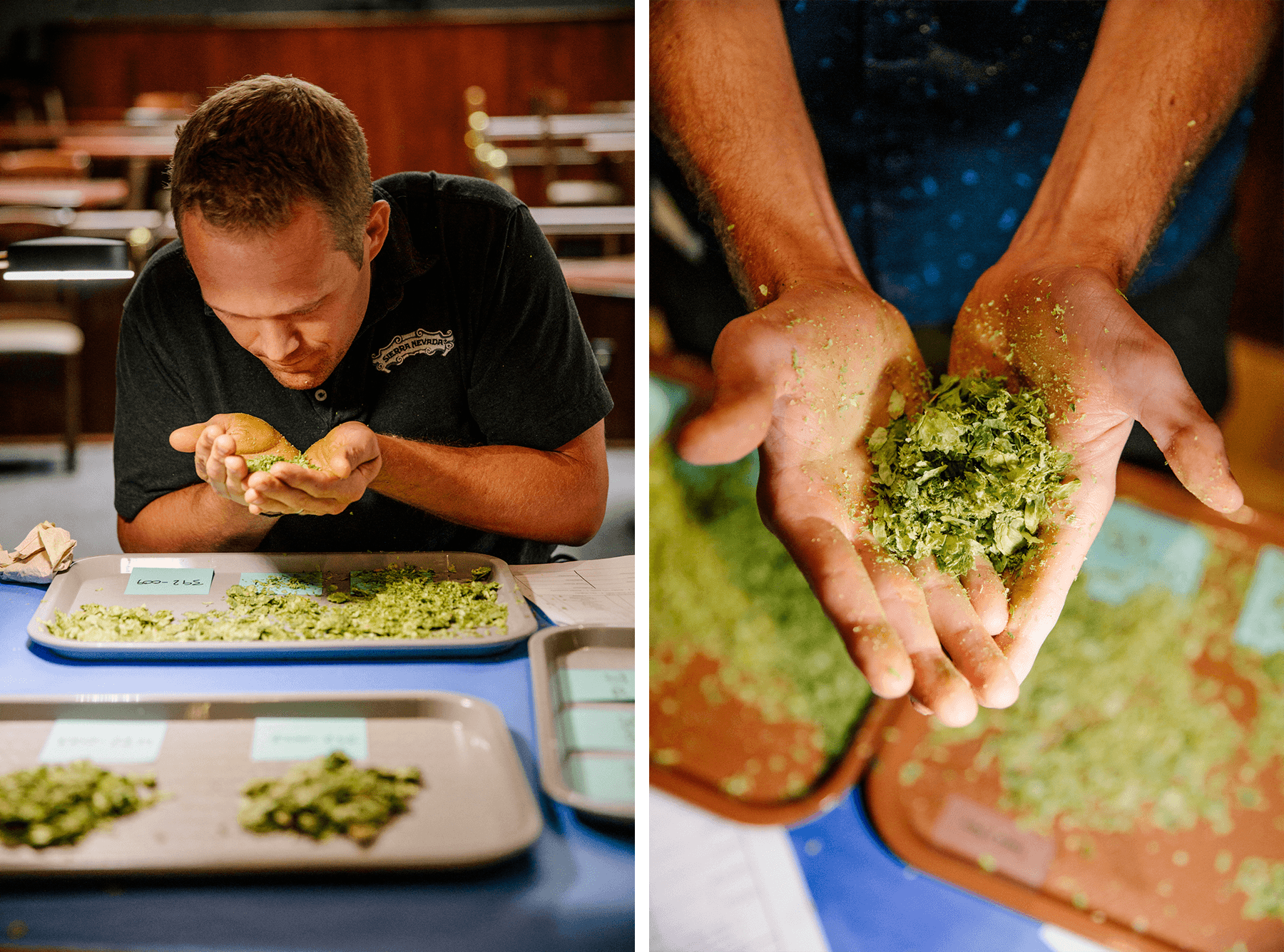
Benefits of hops
Hops offer such versatility to craft beer, with brewers able to dream up almost any flavors and bring them to life—invoking tropical fruits, fragrant flowers, herbal tones (think tea), freshly cut grass (really), and more. When you track the evolution of India Pale Ale (IPA), you see that American craft brewers especially have enjoyed pushing hops to their limits.
Hops serve other purposes in beer, namely providing inherent preservative qualities. The acids within hop resin are naturally antimicrobial, helping ward off spoiling bacteria during fermentation. And this defender role carries through to the finished beer, where hops also curb the development of off flavors.
This isn’t new science either; hops have worked hard for centuries. By the latter 1700s, British brewers learned to crank up the hops when shipping beer to faraway destinations. Those ocean journeys were long, and hops extended beer’s life.
Other uses of hops

Hops have become big players in sparkling water. Yup, you can hydrate with hops, what a world. Hop Splash and Hop Splash Citrus are sparkling hop waters—zero alcohol, zero calories—infused with hop varieties known for bright and fruity flavors. (Hop Splash Citrus takes it to the next level with the perfect hit of real blood orange and grapefruit juice.) Making hop water is more complex than you might guess, including how we carbonate Hop Splash with CO2 that we’ve captured and cleaned from beer fermentation.
While hops aren’t a kitchen staple, you might see them selectively incorporated into food—perhaps toward a marinade or, say, a sauce like pesto. The head chef at our Chico Taproom says we grind hops into our salt specifically to “add a little hop bite to our French fries.” Beyond that, “the bitterness hops create in food tends to be overpowering.”
To be clear, cooking with beer is another story, lending itself to more culinary adventure. Hops no doubt may be part of the beer’s flavor profile, but you have more control over what characteristics transfer to the dish du jour.

We’ve also managed to infuse hops into other playful products, like our Hops-n-Mint lip balm that features distilled hop oil, and aromatherapy soap with hops among the all-natural ingredients.
How far hops have come
More than 40 years ago, when Ken Grossman first introduced Pale Ale, he remembers “probably 90 percent of [people] or more hated it.” It went on to spark a revolution, and today IPA is by far the top style within craft beer. Hops lead the way, and we’re loving it.




